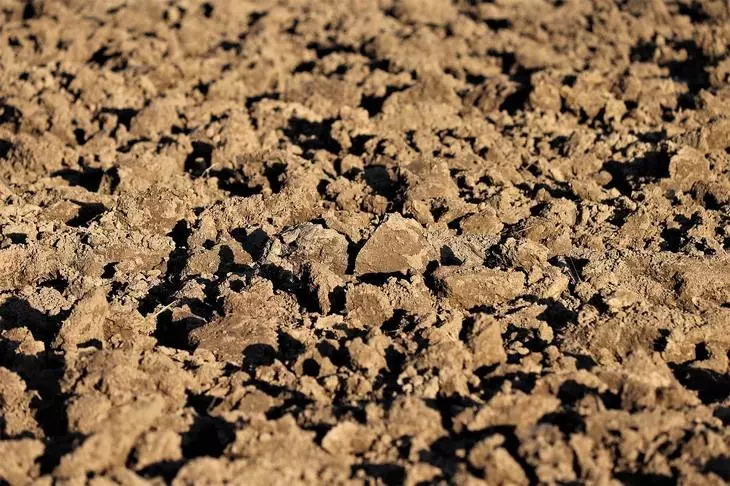
The yield to the maximum without unnecessary costs directly depends on the optimization of nutrient management: the introduction of the right product with the correct norm at the right time and in the right place. Since no field is ideally homogeneous, the task is to find out exactly which nutrients and where necessary.
Imetos Canada has managed in time by providing Canadian farmers a simple in operation of a portable laboratory that produces a full-fledged nutrient analysis of the soil nutrients, as well as vegetable juice, tells Madelen Baerg in its article on the GrainWs.ca portal.
To obtain results, you will need about two hours from the moment of sampling until the process is complete.
"At one time, everyone relied on government meteorological stations to obtain weather information. Modern farmers no longer need to do this, because at hand there are accurate field meteorological stations and other IOT devices (Internet of things). Mobilab is created by the same principle. This is the use of laboratory technologies and bring them to farms, "says Guy Esch, a global learning manager and work with IMETOS Canada key clients.
Mobilab is based on a microbidic chip: a flat square chip in a pair of centimeters, which uses an electric field for separating and subsequently measuring the concentration of various nutrient ions.
High-tech processes previously improved for medical applications accurately calculate the number of different main macro and micronutrients in soil or juice. In addition, since testing can be carried out almost immediately after sampling, the results are tied to the actual soil moisture in the field.
The first version of Mobilab, presented in 2017, measured only the concentration of nitrates. In 2019, ammonia, sodium, chlorine, potassium and sulfate were added to the updates.
The newest version of Mobilab, released in 2020, now also tests for calcium and magnesium content. In 2021, IMETOS plans to present a super-version with tests for copper, iron, zinc, aluminum and boron.
The technology is provided with all the necessary equipment and instructions for taking samples in the field, sieving a sample for removing large particles and debris, soil centrifugation with a buffer solution provided, and then the administration of a final solution into a microfluid chip. For the juice of the plant, it is enough to squeeze drops from a plant with a sticker, skipping through the press.
Mobilab itself connects to a computer and automatically fills the test results analysis program, providing a detailed, fully interpretable result in minutes.
Each sample is associated with GPS, which allows to determine the exact location of the results of the nutrient test results in the field. This data can then be associated with accurate mapping programs for high-resolution field nutrients and entered into accurate application software, which is now available on onboard fertilizer spreaders, sprayers, etc.
All data is stored in the IMETOS Fieldclimate cloud storage to provide easy and secure access to the information in the long run.
"Farmers need to minimize excessive fertilizer, but at the same time satisfy the needs of their crop. They can determine what their culture needs, using conventional laboratory measurements, but it leaves two to four days before you get results, and the cost means that you can pass a limited number of samples, "says ESH.
As for the field laboratory itself, it costs about $ 5,000, including software and hardware.
At the rate of 100 samples per year for five years, the cost is about 10 dollars per sample. Including personnel or your time (at the rate of $ 30 per hour), IMETOS calculates the total cost of one sample at $ 17.30, which is less than a quarter of the value of the traditional laboratory soil research.
"Today in the field of fertilizer optimization is real money," says Ash. - In Europe, they speak about 40 percent savings on fertilizer (when the manufacturer goes to accurate contribution based on soil testing with reference to the area).
With the high cost of land and production resources, the survival of the farm business depends on optimization.
In addition, maintaining the confidence of the population is a serious and growing problem: both environmental and social point of view, farmers cannot afford excessive fertilization consumption, which leads to drains and leaching. Soil testing is now relevant than ever, especially for large and advanced farms.
(Source: www.grainews.ca. Author: Madelen Baerg).
